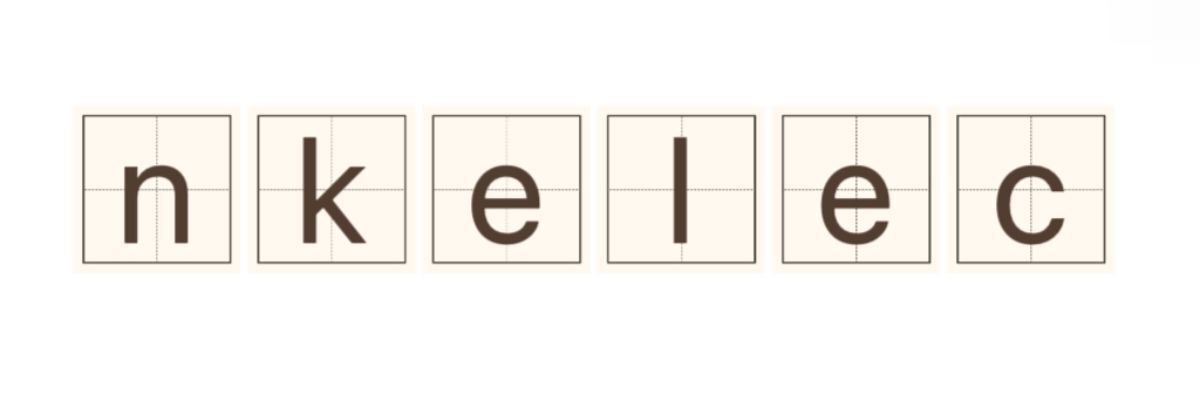7 Essential Thickness Tester Tips for Accurate Measurements Every Time
Nov. 14, 2025
Using a thickness tester can greatly enhance the quality control processes in various industries, from manufacturing to construction. Ensuring that the measurements obtained are accurate is crucial for maintaining product integrity and safety. Here are seven essential tips designed to help you achieve accurate results with your thickness tester every time.
Want more information on Thickness Tester? Feel free to contact us.
1. Choose the Right Thickness Tester for Your Application
Not all thickness testers are created equal. There are various types available, including ultrasonic, magnetic, and eddy current thickness testers. Before making a purchase, consider the materials you’ll be measuring and the environment in which you’ll be working. For instance, ultrasonic testers are ideal for non-ferrous materials, while magnetic testers are suited for ferrous surfaces. Choosing the right tool minimizes measurement errors and leads to better results.
2. Calibrate Your Thickness Tester Regularly
Calibration is a crucial step that can’t be overlooked. An uncalibrated thickness tester can yield skewed measurements, which can adversely affect production and customer satisfaction. Ensure you follow the manufacturer's guidelines for regular calibration, preferably before and after extensive use. This step is easy to implement and makes a significant difference in accuracy.
3. Understand the Measurement Technique
Accurate readings depend significantly on how you use your thickness tester. Different measurement techniques exist; for example, pressing the probe too hard can result in improper readings. Familiarize yourself with the proper way to hold and apply the tester against the surface. Practicing on known thickness materials can help you gauge the correct pressure to apply.
4. Maintain Consistent Environmental Conditions
Environmental factors can significantly influence the accuracy of thickness measurements. Temperature fluctuations, humidity levels, and even dust can affect both the tool and the substrate being measured. Ideally, perform measurements under controlled conditions or at least note the conditions while measuring. By maintaining consistency in your environment, you ensure more reliable results.
5. Perform Multiple Measurements
Relying on a single measurement may lead you to incorrect conclusions. To obtain a more accurate assessment, take multiple readings across the area of interest. This practice helps identify any anomalies or inconsistencies that could skew your findings. Generally, an average of several readings provides a clearer picture of the material's true thickness.
6. Consider User Training and Awareness
It’s essential that every operator understands how to use a thickness tester effectively. Misuse often leads to measurement errors, which can cause bigger problems, such as production delays or non-compliance with safety standards. Implement training sessions for your staff, with a focus on proper technique and the importance of accuracy in thickness measurements. This investment in personnel can yield significant long-term benefits.
7. Document Your Findings
Keeping a record of all thickness measurements taken with your tester provides valuable historical data that can inform future decisions. If customers report issues related to thickness, having documented trends can help you quickly identify if there’s an ongoing problem with a specific batch of materials. Use software or a simple spreadsheet to maintain this data, making it easy to analyze over time.
Understanding Customer Impact
Accurate thickness measurements are not just a matter of quality control; they directly affect customer trust and satisfaction. If a material fails to meet specified thickness dimensions, it can lead to product recalls, financial loss, and a tarnished company reputation. By implementing these tips, you reduce the risk of human error, product faults, and potential customer dissatisfaction. A committed focus on accuracy ensures that you deliver only the best, maintaining your brand’s credibility.
Conclusion
Using a thickness tester effectively requires attention to detail, understanding of the equipment, and a commitment to regular maintenance. By following these seven essential tips, you can greatly improve the precision of your measurements and enhance overall product quality. In today’s competitive environment, being proactive about measurement accuracy is not just beneficial; it’s essential.
For more leak test equipmentinformation, please contact us. We will provide professional answers.
10
0
0


Comments
All Comments (0)